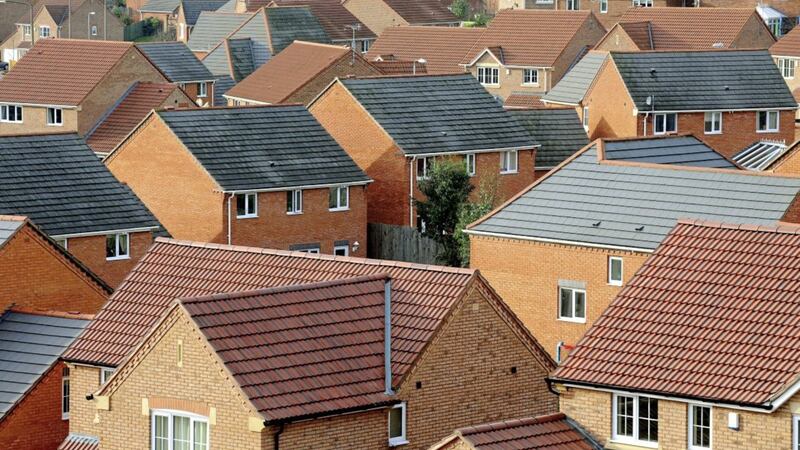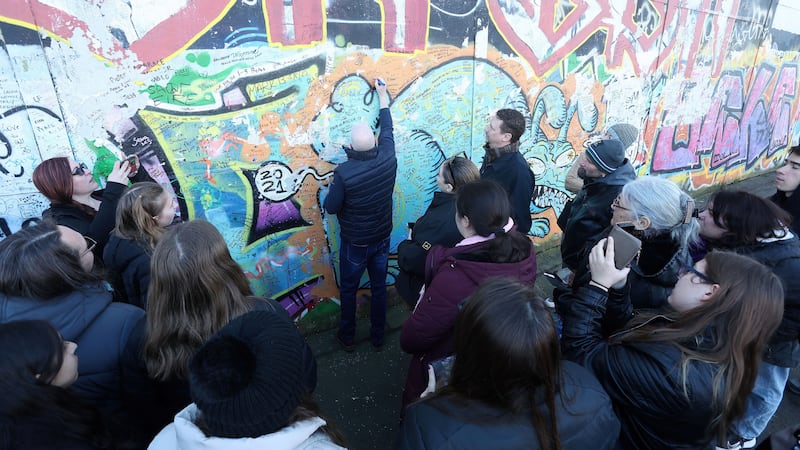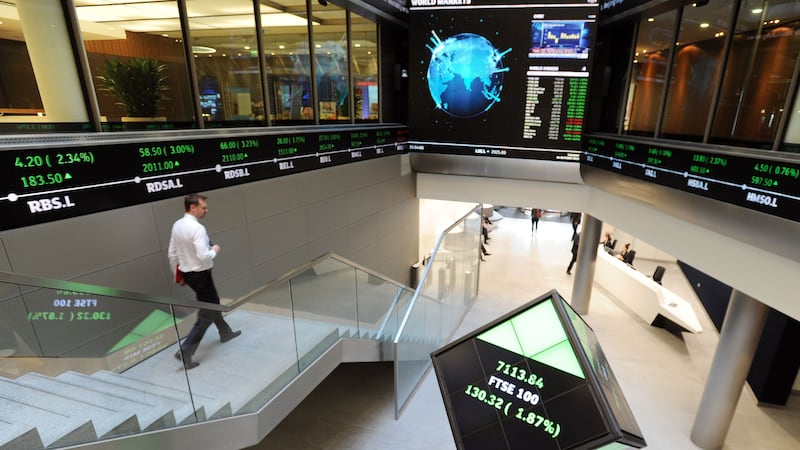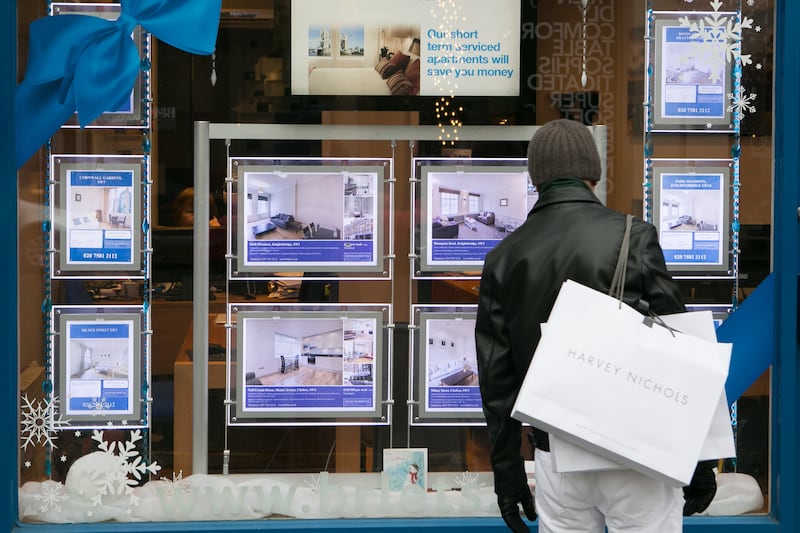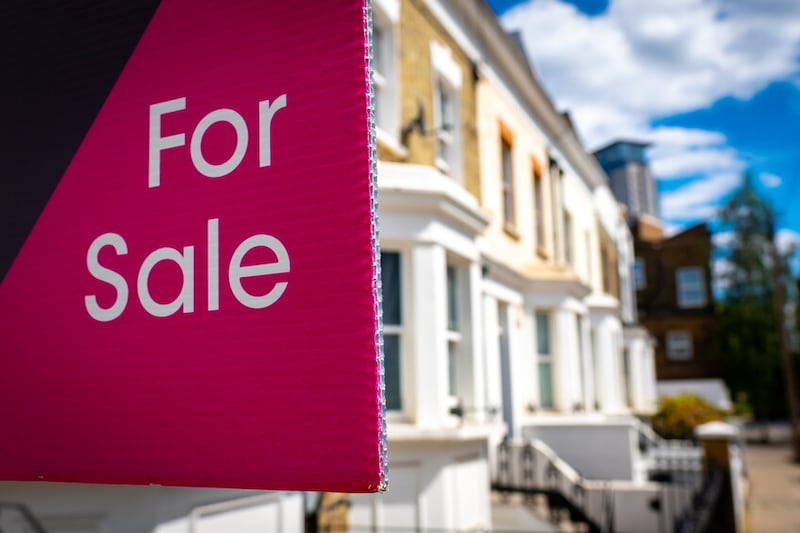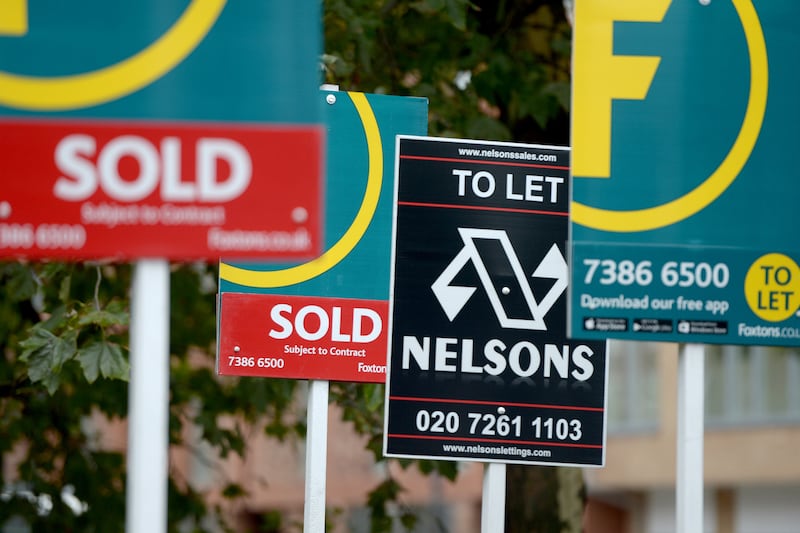THE average house price in the north has increased by over 6 per cent in the past year, according to new figures from Ulster University.
The latest Quarterly House Price Index covering April through to June has revealed a healthy local market, with the average house price now sitting at £162,215 - a 6.2 per cent jump over the year.
The price change is based on a sample of the 2,116 sales recorded in the second quarter of the year- an increase on the first three months of 2018.
The North Down area is the most expensive place on average to buy at £190,214, while the cheapest properties can be found in Craigavon/Armagh at £129,120.
The distribution of sale prices is broadly similar to the previous quarter; the share of lower priced properties at or below £100,000 is 23 per cent and properties sold at or below £150,000 account for 58 per cent of transactions. Overall, the analysis by price band is indicative of a relatively stable and still affordable housing market in Northern Ireland, with price spreads relatively unchanged over the quarter.
Estate agent perceptions are positive, with properties moving and a continued demand for quality housing. The number of newly built properties is also appreciably higher in the latest sample, notably within the semi-detached house, detached house and apartment sectors. This reflects the views of the agents that there is an increasing supply of new developments which are helping to fuel the first time buyer market.
Lead researcher, Dr Martin Hinch from Ulster University said the latest figures highlight a "strong performing sector", with prices up and transactions being maintained at high levels.
Michael Boyd, deputy chief executive at report co-sponsor, Progressive, said the figures build on a "very strong start" to the year
“There are a number of factors that supports this sustainable growth, including continued affordability in comparison to the majority of UK regions, availability of new homes within the first-time buyer market and low levels of unemployment with wages starting to gain on inflation throughout 2018.”
Karly Greene, head of research at fellow report sponsor, the Northern Ireland Housing Executive, added:
“Overall, the figures are indicative of a relatively healthy residential housing market, with sustainable levels of activity and house price growth, and a rising proportion of newly built properties entering the market. However, ongoing monitoring will be particularly important in the continuing climate of economic and political uncertainty, and in light of the Bank of England’s recent decision to raise the base interest rate.”
